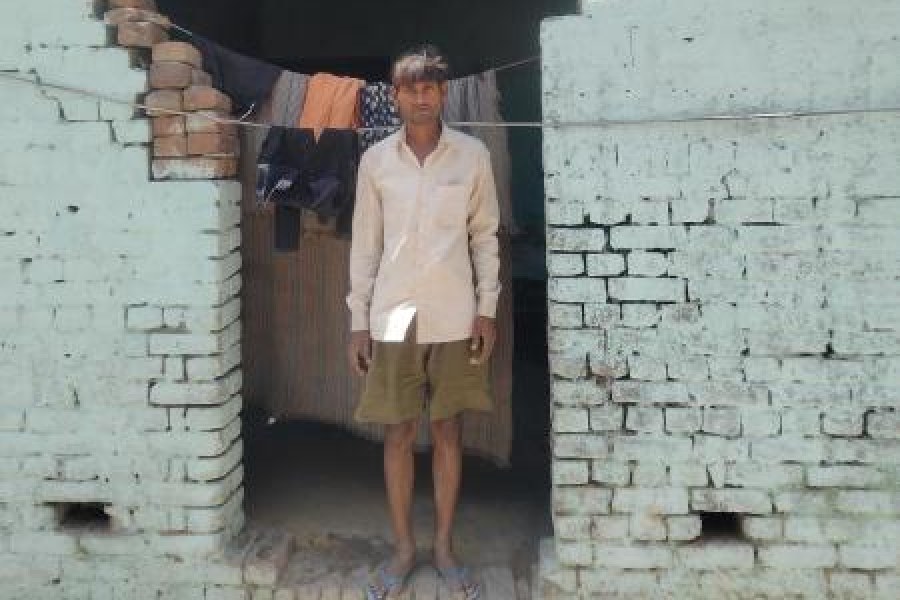It has been three years since work was carried out under national job scheme MGNREGA at Nagla Mahadev village in Firozabad district.
Rahul Kumar, 32, who works as a labourer in the village, said he has a job card under the Mahatma Gandhi National Rural Employment Guarantee Act (MGNREGA) but there is no work.
“Three years ago, I worked for an MGNREGA project of repairing a kuchha road in the village. I want to work under the MGNREGA, so I inquired about it from the job scheme officials in our panchayat. They said there was no work,” Kumar said.
Despite the large-scale migration of youths from the state, work under the job scheme in Uttar Pradesh villages remained miserably low.
Sandeep Sarma, 35, said he could get only 10 days of casual labour on an agriculture land in April. Had there been projects under the MGNREGA, he would have at least 15 days of work.
“Some people are getting individual work under the MGNREGA for carrying out projects on their land. We do not get to work on such projects. There is no collective project. There is heavy demand for work,” Sarma said.
The village has about 500 families and nearly 400 of them have land, while about 100 Dalit families do not have any land. They work as agriculture and construction workers. Since there is no work throughout the year, about 100 youths have migrated to the cities outside the state, Sarma said.
In Hajratpur village under the same Tundla block, Ram Naresh, 50, said the poor wage rate under the MGNREGA discourages workers from getting into such projects. In March, the Union ministry of rural development (MoRD) notified the wage rates for 2024-25 for the states and the rate for UP was fixed at ₹237 a day.
“If we work as labourers, we get ₹300 to ₹350. The MGNREGA wage rate is less than the prevailing wage rate. Then there is also a delay in wage payments. We have to wait for more than a month. That is why some people do not show interest in MGNREGA,” Naresh said.
He said the government must bring the MGNREGA wage on par with the minimum wage for unskilled workers notified by the UP government, which is ₹10,275 a month.
In Singhai village under Bareilly tehsil of Bareilly district, Satprakash Kashyap, 40, a farmer, said there had been no work under the MGNREGA for several years.
“There are so many things which can be done under the MGNREGA but nothing is happening. There are not many irrigation facilities here. Also, a gaushala (cow shelter) can be constructed here. Youths are leaving the village in search of work,” Kashyap said.
According to the MGNREGA website, about 1.54 crore families and 1.99 crore workers are registered under the job scheme in UP. The employment generated under MGNREGA projects in UP is 2.78 crore person-days in 2024-25 as on May 15, 2024. Telangana, a much smaller state, has generated 4.47 crore person-days of work during this period, while Andhra Pradesh has generated 6.99 crore person-days of work.
Social activist Nikhil Dey, who is associated with the Mazdoor Kisan Shakti Sangathan, a civil society group working with families to help them with MGNREGA-related information in Rajasthan, attributed the low uptake in UP to the lack of planning and implementation of the scheme.
“There is good demand for MGNREGA work but there isn’t much planning for the projects. The commitment of authorities is lacking,” Dey said, adding there is not much common land in UP yet there is a variety of work which can be taken up.
“Individual work does not help in providing jobs to all interested employment seekers. At any point, there should be at least one or two sites in every panchayat where one can work. This is possible if the administration plans the projects properly,” he said.
An email has been sent to MoRD secretary Shailesh Kumar Singh to get a comment on the steps being taken to give a thrust to MGNREGA projects here. His response is awaited.











